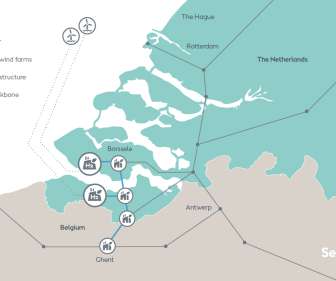Ørsted proposes to develop one of the world’s largest renewable hydrogen plants: SeaH2Land
Green Car Congress
APRIL 2, 2021
Ørsted, the world’s leading offshore wind developer, together with the major industrial companies in the North Sea Port cluster, have launched the SeaH2Land vision for a gigawatt scale project to reduce carbon emissions in the Dutch-Flemish industrial cluster with renewable hydrogen.

















Let's personalize your content